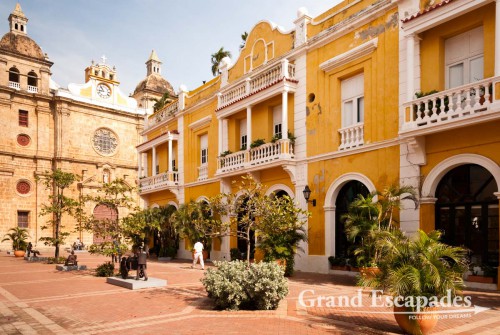
The old town of Cartagena is a maze of beautifully restored colonial houses, churches, plazas or convents turned into luxury hotels
The old town of Cartagena is a maze of beautifully restored colonial houses, churches, plazas or convents turned into luxury hotels. A characteristic of these colonial houses is an overhanging wooden balcony covered by a tiled roof and one or more shady patios inside. All houses have underground reservoirs that were used to store rain water before modern piping arrived. Evenings are the best times to explore, when temperatures become pleasant and buildings are illuminated.
In the late 16th century, the 13 kilometer long massive walls, “Las Murallas”, were built to protect the city from pirates, who repeatedly attacked Cartagena. Francis Drake was probably the most well-known. Outside the walled city are other fortifications, like the Castillo de San Felipe de Barajas, which is an entire hill turned into a fortress. Why all that fuss? Cartagena was one of the most important ports in colonial times, from where the gold robbed in the New World was shipped to Spain.
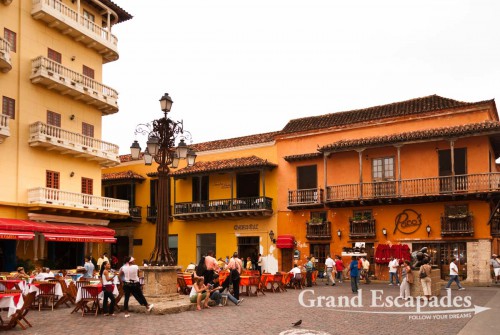
The old town of Cartagena is a maze of beautifully restored colonial houses, churches, plazas or convents turned into luxury hotels
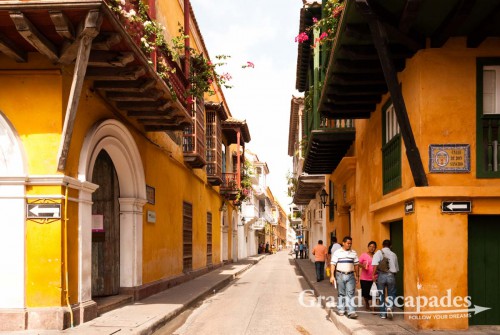
The old town of Cartagena is a maze of beautifully restored colonial houses, churches, plazas or convents turned into luxury hotels
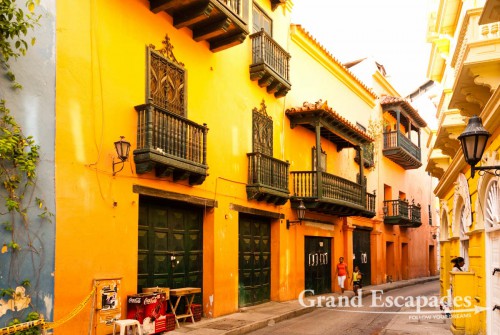
The old town of Cartagena is a maze of beautifully restored colonial houses, churches, plazas or convents turned into luxury hotels
Must sees are the “Palacio de la Inquicision”, which tells the history of the inquisition in this part of the world. The gory instruments of torture are its most impressive exhibits, although many displayed where never used in Latino America, like the guillotine. Right across the beautifully shady Plaza Bolivar is the small Museo del Oro. For us it was a nice refresher, but for others, who had no chance to visit the real thing in Bogota, a great opportunity to see amazing ancient golden masterpieces. Visits are for both free.
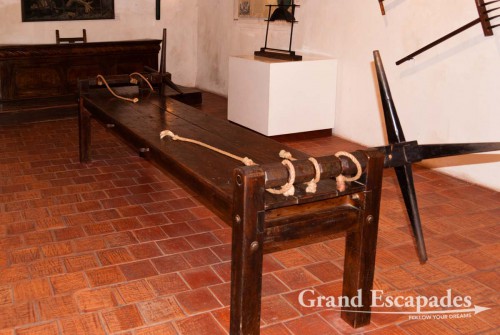
“Palacio de la Inquicision”, which tells the history of the Inquisition in this part of the world. The gory instruments of torture are its most impressive exhibits
The less glittery part of the Old Town is Getsemani. Despite its many decaying buildings, it has lots of charm. The huge windows have no glass but wooden shatters. Outside are bars constructed of small turned wooden columns that allow the air to circulate but block entrance to the living room, which is on full display for anybody passing by on the street. We found it fascinating to get such an intimate view of a family’s living quarter. Some looked quite comfortable, even posh, others incredibly bare. One picture really stuck: an old lady in her rocking chair in front of an old TV, the otherwise empty room did not even have plaster on the brick walls.
Nevertheless, Getsemani is where we chose to live during our three day “holiday”, at Casa Relax, probably the most upscale hostel in this area. Here a room sells for a stiff 130.000 COP or 50 Euros, but no regrets. It was a perfect choice in this climate, a nice air-coned room, a beautiful pool in a pleasant patio, kitchen use and WiFi. The pet parrot took us in his heart since we always gave him a little bit of food when we cooked our meals.
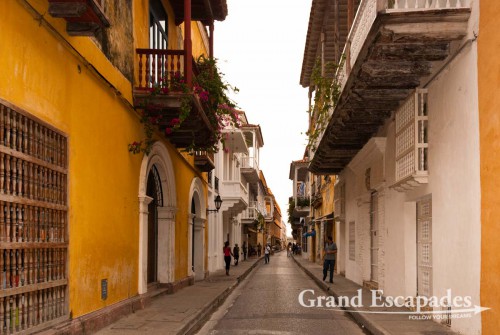
The old town of Cartagena is a maze of beautifully restored colonial houses, churches, plazas or convents turned into luxury hotels
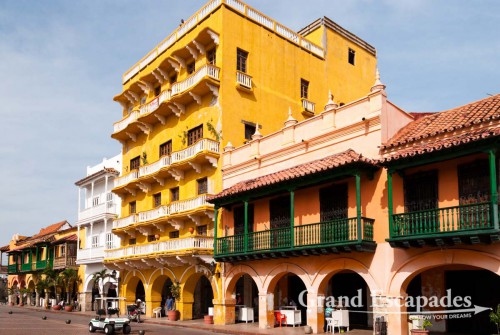
The old town of Cartagena is a maze of beautifully restored colonial houses, churches, plazas or convents turned into luxury hotels
On our last evening in Colombia, we met two Colombian friends from Bogota for dinner and later dropped in for a Mojito at Café Habana, only few hundred meters from our hostel. There we listened to what seemed a resurrection of the famous Buena Vista Social Club, a perfect farewell.

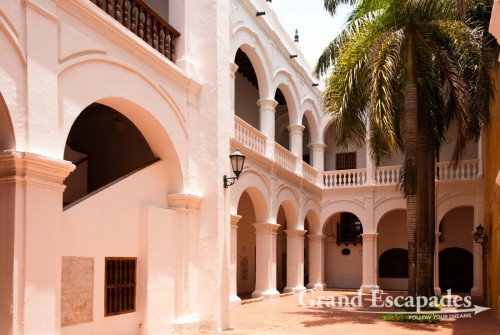
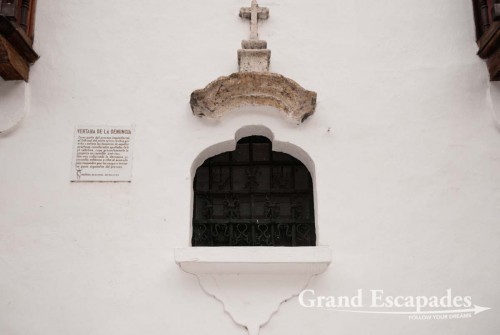
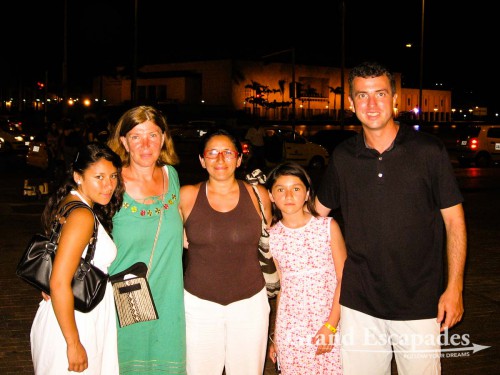
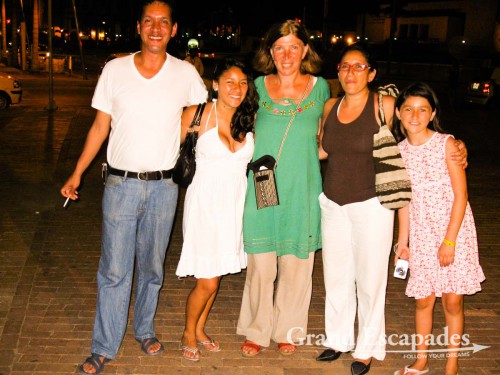
No comments yet.